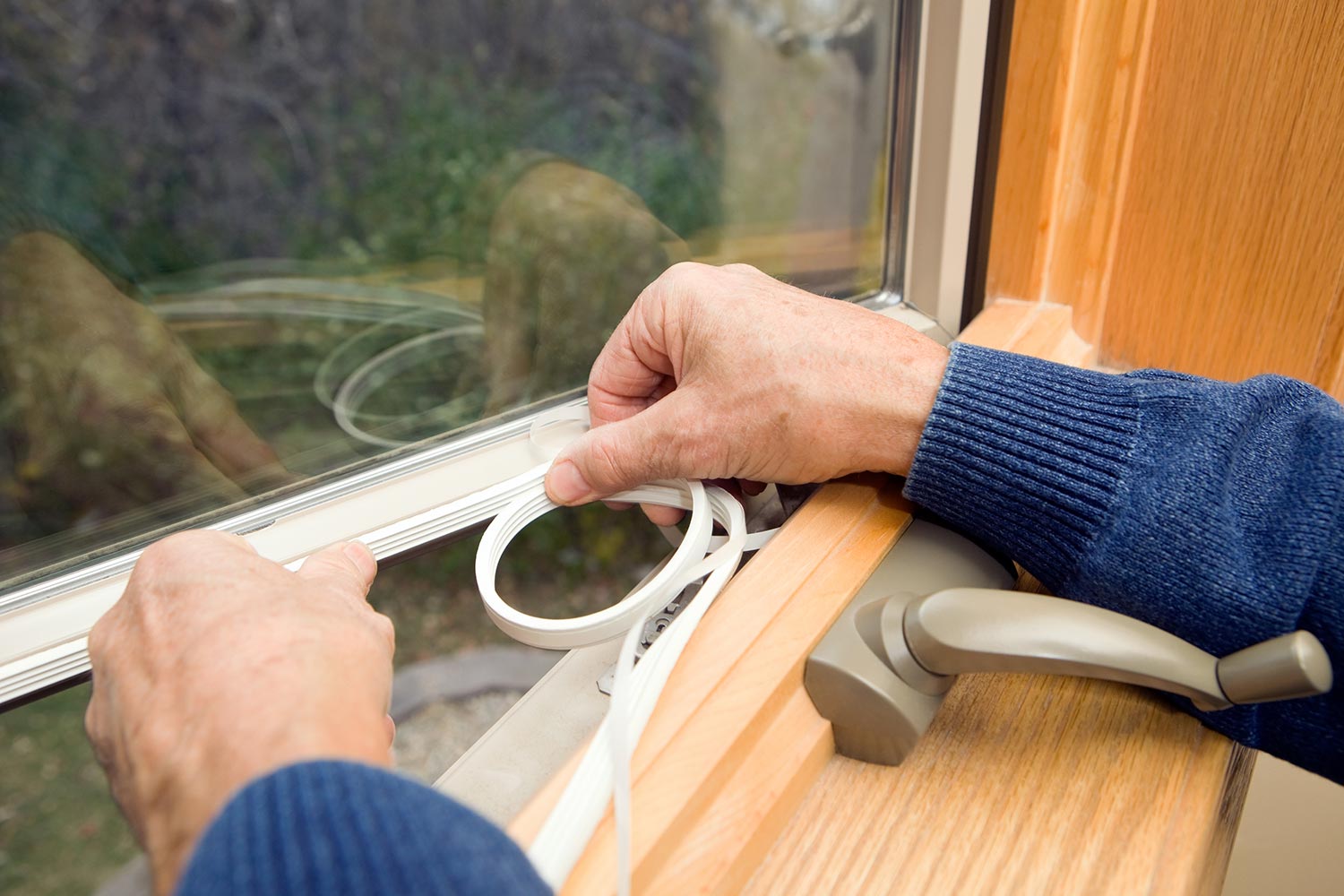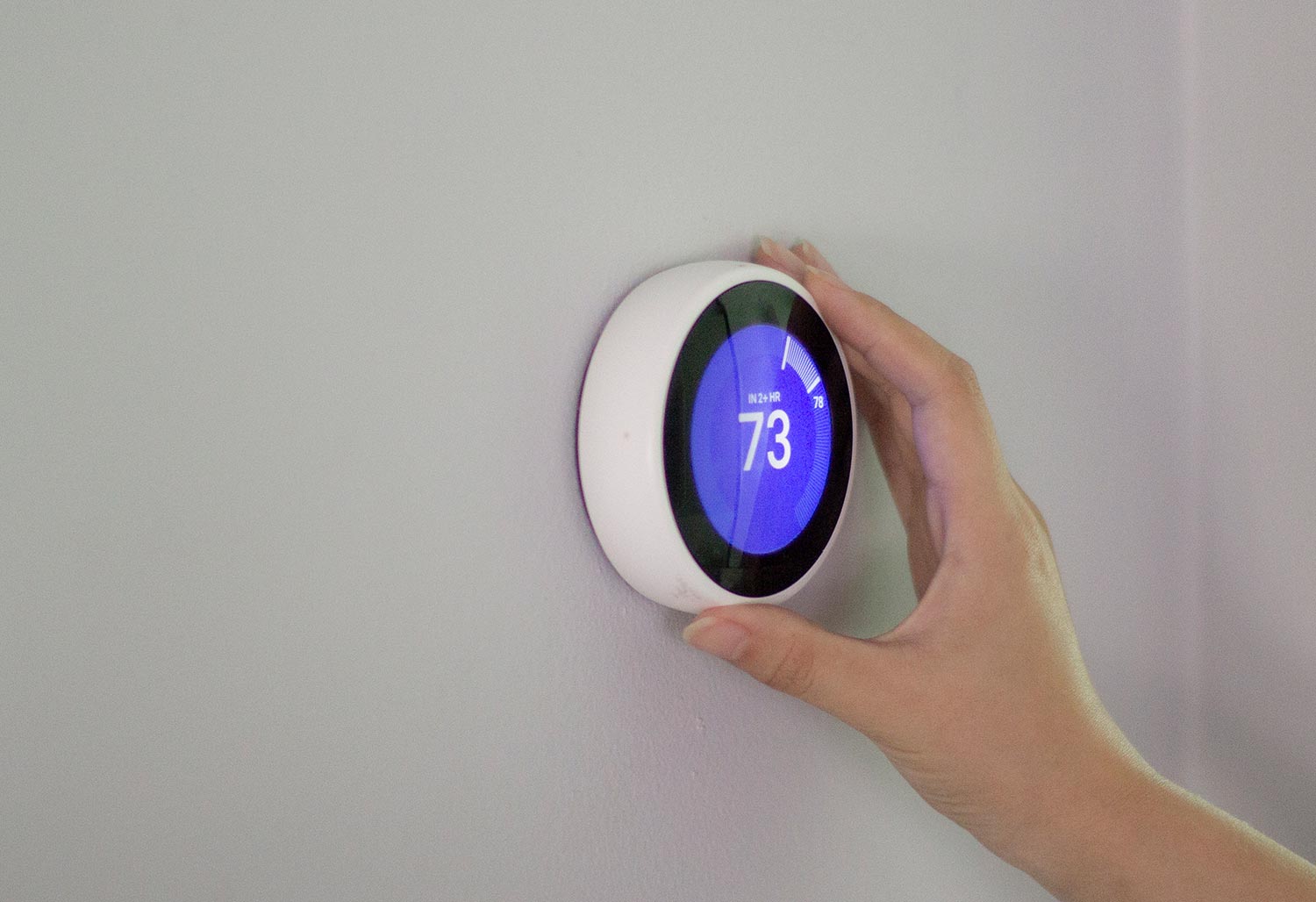Having a roommate can be a fun but complicated experience that can include tough conversations. For example, how do you address the thermostat's temperature being too cold for your liking? Let's look at how to address this situation without causing a conflict.
Here are some strategies to comprise with your roommate on keeping the house too cold:
- First, get a space heater for your room.
- Wear more clothes to stay warm.
- Turn up the temperature when the roommate is gone for long periods.
- Take a hot shower and leave the exhaust fan off.
- Cook more to raise the temperature in the house.
- Use curtains and windows to keep heat in.
Let's face it; you and your roommate aren't going to agree on everything, including what the home thermostat should be set at. In this article, we will take a closer look at addressing this issue. In addition, we will discuss ways to have an adult conversation with your roommate to come to a compromise, so read on!

Roommate Thermostat Wars - How to address it?
First, it is essential to understand that your and your roommate's opinion on the house temperature might not match up.
After all, it doesn't matter if one of you loves the cold and the other hates it; the thermostat will take care of both of your needs accordingly. This means that there might need to be a compromise between you to find a happy medium.
If you aren't ready to have the conversation about the thermostat war, then there are other alternative methods for keeping the house warmer that may not require your roommate's attention. So let's take a look at some ideas to keep you warm without touching the thermostat.

Get a space heater for your room
If you're having trouble coming to a compromise with your roommate on the thermostat, one solution is to get a space heater for your room. This will help keep you warm without affecting your roommate's comfort level.
While this may be a cost that comes out of your pocket, it may be a way to avoid having a conversation with your roommate about making adjustments to the thermostat.
Of course, you have to use caution when it comes to space heaters because they are a fire hazard, but you will be able on some models to set an automatic shut-off time so that if it gets bumped on, it won't burn the house down.
Wear more clothes to stay warm
One of the easiest ways to be warmer is by wearing more clothes.
Spending a lot of time away from home can help keep you comfortable and save money because the heat won't need to run as much.
When you are at home, however, layering up can help you to stay warm. Consider wearing a sweater or sweatshirt that will help keep your body heat up.
Turn up the temperature when the roommate is gone for long periods
If you know your roommate will be gone for long periods, then one strategy is to make the house warmer when they are not there.
This way, even if your roommate returns home after turning down the thermostat earlier in the day, the temperature will still stay warm.
Take a hot shower and leave the exhaust fan off
A hot shower is an easy way to warm up. For those living with roommates, you can take a hot shower and leave the exhaust fan off so that the room absorbs the heat from your shower.
Cook more to raise the temperature in the house
Cooking dinner at home is a great way to save money. However, if you have a larger household, then your cooking may contribute to the house's heating as well.
For example, boiling pasta or making soup in large pots has been known to increase the temperature in a house because it absorbs heat from its surroundings. In addition, cooking more can also result in the house smelling better as well.
Use curtains and window insulation to keep heat in
If you are trying to keep the house warmer, using heavy curtains or applying window insulation film can help. The idea is that they will trap more heat in the room versus letting it escape through the window. While this method is less cost-effective than some others, you can use them as a way to apply warmth throughout the house.
Another way to help keep the house warmer is by keeping windows closed so that cold air does not creep into rooms of your home. This is especially helpful if there are cracks or gaps around your window where you can notice a draft.

How do I talk to my roommate about my thermostat?
If you have tried the strategies above or don't want to spend the extra money to keep yourself warm, then it may be time to have a conversation with your roommate. However, what is the best way to approach this?
First off, try to avoid being passive-aggressive about the situation. Working your way into the conversation may be easier with a pizza and glass of wine than losing your cool and yelling at your roommate.
Remember, you are trying to discuss making adjustments to the temperature setting on the thermostat.
Be polite and understanding that your roommate has their own comfort level that they want to be met, but also assertive enough that you tell them what is acceptable for you.
For example, instead of saying, "I'm cold all the time, make it warmer," try something along the lines of "I'm cold all the time; I would appreciate it if we could turn up the temperature a bit."
If your roommate is not willing to accommodate you on this one issue, then maybe it is time for a new living situation.
In conclusion, there are many ways to keep warm when living with someone else.
The key is to be aware of your comfort level, discuss this with your roommate and make compromises on the things you can adjust to maintain a healthy relationship.

How do you compromise a house temperature?
One way to compromise a house temperature is by setting the thermostat somewhere between your and your roommate's comfort level.
For example, if you like it warmer and colder, try setting the temperature at a number you can both agree on. For example, if you grew up living in a home at 72 degrees and want to be at 62 degrees, try meeting in the middle at 67 degrees.
Also, it is important to discuss who pays for the utility bill.
Do they cover the whole bill while you pay for utilities in other parts of your home? Or do you split it up evenly? If you split the bills down the middle, then finding a temperature you both can agree on makes the most sense.
If you pay for the heating/cooling bill, you have a stronger argument for changing the temperature.
On the other hand, if they pay for the heating/cooling bill, they can split the cost to make changes.
While this may not be ideal, it is better than them paying for the whole thing while you have to freeze in your own home.
How do I lock the temperature on my thermostat?
Locking the temperature on a thermostat varies depending on the brand and model.
It is easy for most Nest units by opening the ring to open Quick View and navigating to settings. Then, press the ring again to initiate the locking process. Finally, enter a pin you can remember and enter it again to confirm.
From there, you can set your minimum and maximum temperatures for the thermostat. Lastly, press the ring to confirm and lock.
After locking the temperature, there should be a key symbol so that your roommate knows it cannot be changed. This will keep them from tampering with the temperature if they are unaware of this.
If you don't have a Nest unit, look up your model to determine how to lock the temperature.

Is locking my thermostat a good idea?
Locking your thermostat to keep your roommate from changing can have its pros and cons.
The pro is that you can keep your home at a comfortable temperature without having your roommate affect it. If you own the home and pay for the utility bills, this is the best solution.
The con is that if your roommate typically pays for the entire utility bill and they can't make adjustments to the temperature when they need it, it could cause tension between you. After all, most people don't like being kept in a room they feel is too hot or cold.
Final Thoughts
As you can see, many different strategies can be used to help maintain a comfortable temperature in your home that you and your roommate can agree on. While some may work better than others depending on the situation, they all have benefits and drawbacks.
Most importantly, remember this is ultimately about compromise. Your roommate does not need to meet your comfort level 100%, but try to find a solution that meets each other halfway.
For more articles like this one, visit our website:
4 Best Heaters For An Office Desk

